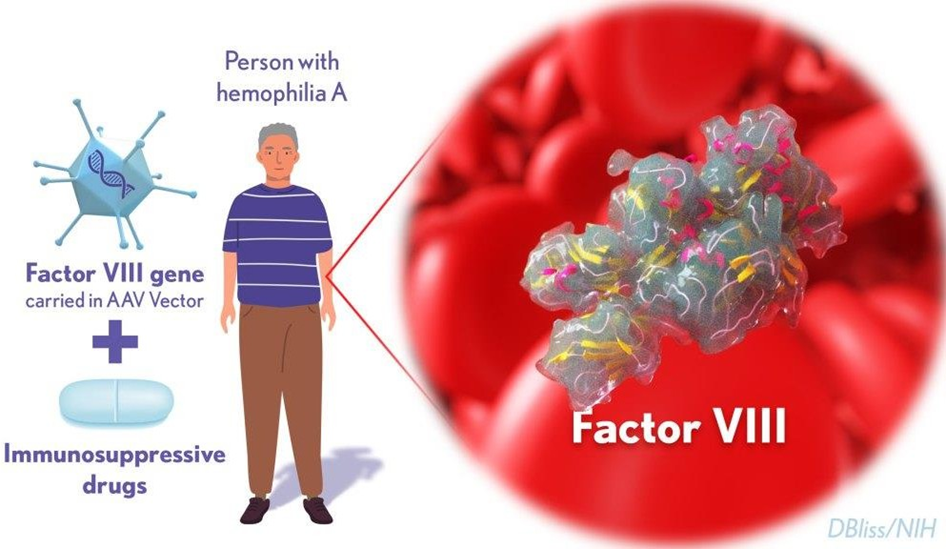Which of the following disorders is a deficiency of factor VIII?
Hemophilia A
Hemophilia B
Christmas disease
Sickle cell disease
The Correct Answer is A
A. Hemophilia A: Hemophilia A is caused by a deficiency of factor VIII, leading to problems with blood clotting.

B. Hemophilia B: Hemophilia B is caused by a deficiency of factor IX, not factor VIII.
C. Christmas disease: Christmas disease is another name for Hemophilia B, which is caused by a deficiency of factor IX.
D. Sickle cell disease: Sickle cell disease is a genetic disorder affecting hemoglobin, not a clotting factor deficiency.
Nursing Test Bank
Naxlex Comprehensive Predictor Exams
Related Questions
Correct Answer is D
Explanation
A. Remind the client that gonorrhea is a virus, therefore it cannot be cured. Gonorrhea is a bacterial infection caused by Neisseria gonorrhoeae and can be treated with antibiotics.
B. Instruct the client about preventing reinfection by using a diaphragm. While diaphragms can be a method of contraception, they are not effective at preventing sexually transmitted infections like gonorrhea.
C. Check for the presence of a primary lesion or chancre. Primary lesions or chancres are associated with syphilis, not gonorrhea.
D. Obtain information about the client's recent sexual partners. It is important to obtain information about recent sexual partners to notify them and prevent the spread of the infection.
Correct Answer is C
Explanation
A. Vitamin C is not known to cause bone marrow suppression. In fact, it is essential for the proper function of the immune system and the production of collagen.
B. Physical exercise does not cause bone marrow suppression. Regular exercise can have positive effects on bone health and overall well-being.
C. Chemotherapy, which is used to treat cancer, can cause bone marrow suppression as a side effect. It affects rapidly dividing cells, including those in the bone marrow responsible for producing blood cells.
D. Some antibiotics, such as certain types of penicillins and sulfonamides, can rarely cause bone marrow suppression as a side effect. However, this is not a common effect of all antibiotics.
Whether you are a student looking to ace your exams or a practicing nurse seeking to enhance your expertise , our nursing education contents will empower you with the confidence and competence to make a difference in the lives of patients and become a respected leader in the healthcare field.
Visit Naxlex, invest in your future and unlock endless possibilities with our unparalleled nursing education contents today
Report Wrong Answer on the Current Question
Do you disagree with the answer? If yes, what is your expected answer? Explain.
Kindly be descriptive with the issue you are facing.
